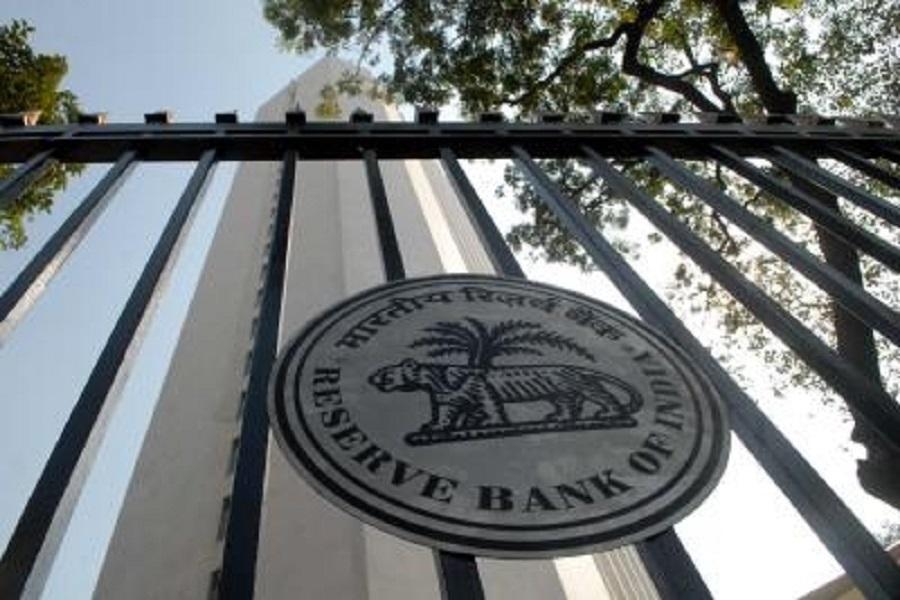
Rupee Rally, Lower Hedging Costs Boost FX Swap Interest
The Indian rupee’s recent rally and a sizeable decline in hedging costs are expected to catalyze the participation of companies in the Reserve Bank of India’s (RBI) $10 billion FX swap next week. On Wednesday, the RBI will absorb $10 billion from the market and inject an equivalent amount of rupees in the banking system, with the reversal set to take place after three years.
The FX swap, a tool used by the RBI to manage liquidity and stabilize the rupee, has been a topic of interest among companies and market analysts alike. The recent rally of the rupee, which has appreciated by over 12% against the US dollar since the start of the year, has made it more attractive for companies to participate in the swap.
The rupee’s appreciation has been largely driven by a combination of factors, including a surge in foreign capital inflows, a decline in oil prices, and a strengthening of the global economy. The RBI’s measures to curb inflation and stabilize the currency have also contributed to the rupee’s rally.
One of the key benefits of participating in the FX swap is the reduction in hedging costs. Hedging, or the practice of reducing exposure to currency fluctuations, is a costly affair for companies, especially those with significant international trade operations. The lower hedging costs, coupled with the rupee’s appreciation, are expected to make it more attractive for companies to participate in the swap.
For companies with significant foreign currency exposure, the FX swap can be a valuable tool to manage their risk. By selling US dollars and buying rupees, companies can lock in the current exchange rate and protect themselves against potential fluctuations. The swap can also provide a hedge against potential losses due to foreign exchange fluctuations.
The RBI’s decision to conduct the FX swap is also expected to have a positive impact on the economy. The injection of rupees into the banking system can help to increase liquidity and stimulate economic growth. The swap can also help to reduce the cost of borrowing for companies, making it easier for them to access capital.
The FX swap is not without its risks, however. The RBI’s decision to conduct the swap is based on its assessment of the economy and the rupee’s value. If the rupee were to depreciate sharply, it could lead to a loss for the RBI and potentially destabilize the currency.
Despite the risks, the FX swap is expected to be a popular tool for companies looking to manage their foreign currency exposure. With the rupee’s appreciation and lower hedging costs, the swap is expected to be a valuable tool for companies looking to reduce their risk and protect their profits.
Conclusion
The RBI’s $10 billion FX swap is expected to be a popular tool for companies looking to manage their foreign currency exposure. The rupee’s recent rally and lower hedging costs are expected to make it more attractive for companies to participate in the swap. The swap can provide a hedge against potential fluctuations and reduce the cost of borrowing for companies. While there are risks associated with the swap, the RBI’s decision to conduct the swap is expected to have a positive impact on the economy.
Source:





